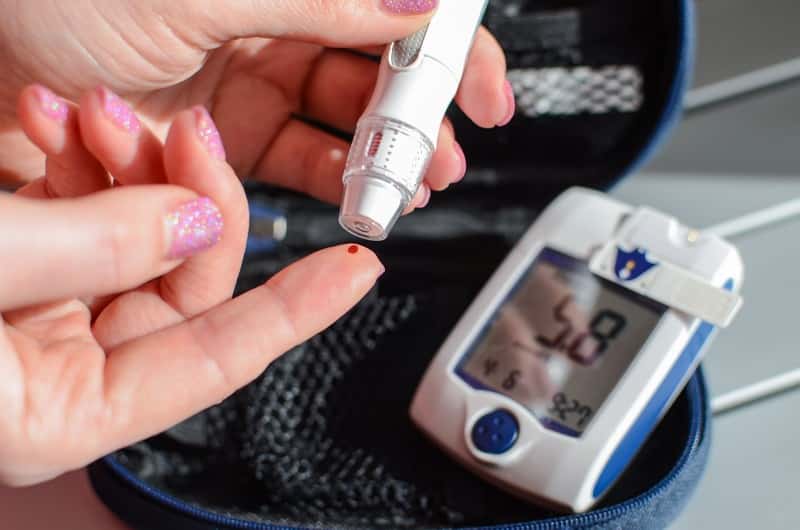Peripheral neuropathy is a collective medical term used to refer to a group of nerve diseases involving damaged subdivisions of the nervous system. The condition is characterized by numbness, tingling, pain, muscle weakness, and even sharp stabbing sensations, typically felt in the extremities like the hands, feet, and arms, depending on the location of the affected nerves.
Peripheral neuropathy develops when the damaged nerves disrupt the transmission of signals between the brain, the spinal cord (the central nervous system), and the rest of your body, resulting in dysfunctional control of the body’s automatic processes, as well as your sense of touch and muscle control. However, the disease is easily treatable if diagnosed early and accurately.
The thing is, it’s not always easy or possible to pinpoint a single factor causing this medical condition. Likewise, the resulting nerve damage doesn’t always involve just one nerve (mononeuropathy). The saying, “all roads lead to Rome,” perfectly summarizes the idea that this medical condition originates from multiple starting points and, at times, results in considerable nerve damage (polyneuropathy). Case in point – over 100 types of neuropathies result from the following peripheral neuropathy causes.
Diabetes

Because around 60 to 70 percent of people with diabetes end up with peripheral nerve damage, many people incorrectly assume that it is the only way people can acquire or develop peripheral neuropathy. The truth – Long-term type 1 and type 2 diabetes can cause neuropathy, but it isn’t the only way.
Diabetes makes it hard for the body to control blood glucose (sugar) levels. Over time, the tiny blood vessels in the body sustain damage from the consistently poor control of the blood sugar levels, resulting in its inability to distribute essential nutrients to the nerve fibers. As a result, the nerves don’t get enough of the nutrients it needs, causing them to get damaged and disappear entirely.
Diabetes can cause diabetic peripheral neuropathy, resulting in numbness and inability to feel pain or temperature changes at night. It is usually felt from the feet and legs before moving to the hands and arms as it worsens. Diabetes may also cause proximal neuropathy, or diabetic polyradiculopathy, a condition that affects nerve fibers in the thighs, hips, buttocks, and legs of older adults or those with type 2 diabetes.










